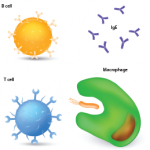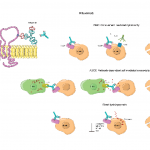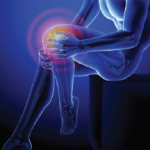New RA Antibody Treatment SAN DIEGO—A recent study examined the pharmacokinetics, safety and efficacy of E6011, an anti-fractalkine monoclonal antibody designed to treat rheumatoid arthritis (RA).1 Researchers presented the results of this first 52-week trial of E6011 at the 2017 ACR/ARHP Annual Meeting in November. Fractalkine (CX3CL1/FKN) is a chemokine that regulates chemotaxis and adhesion…







